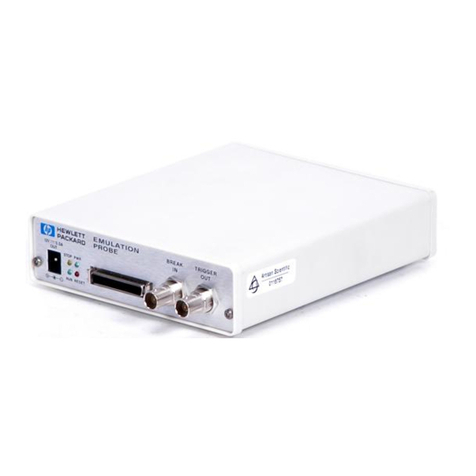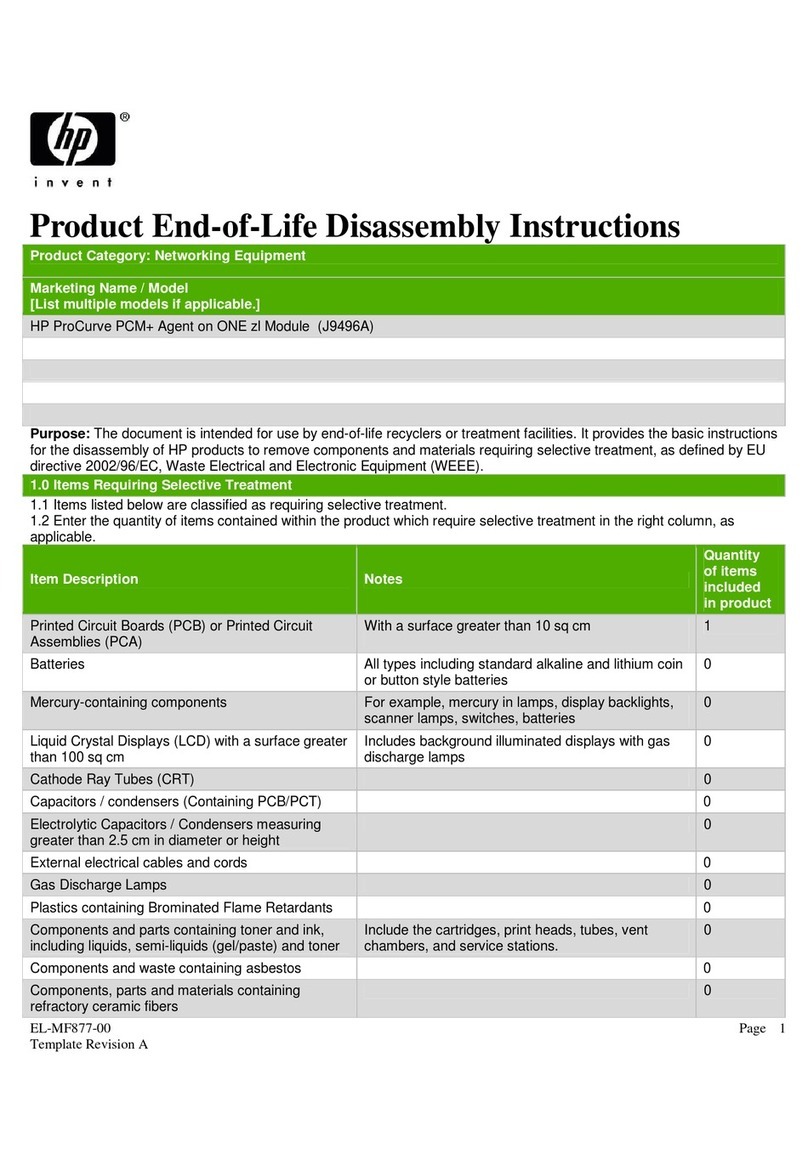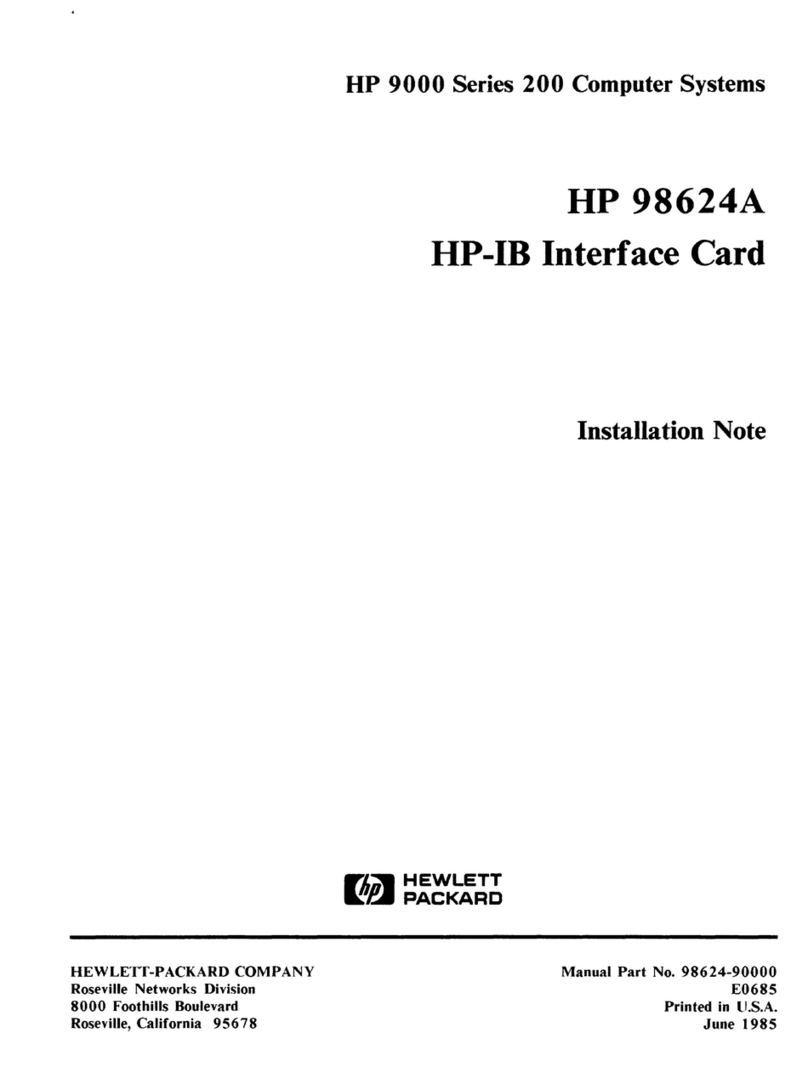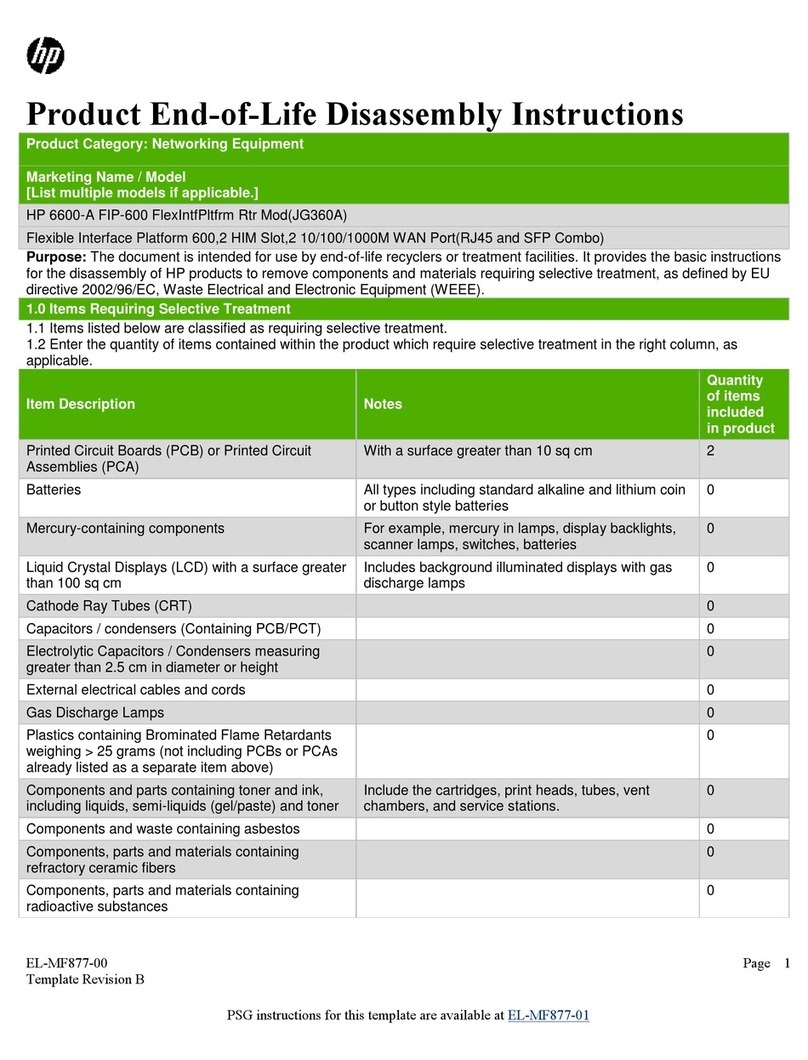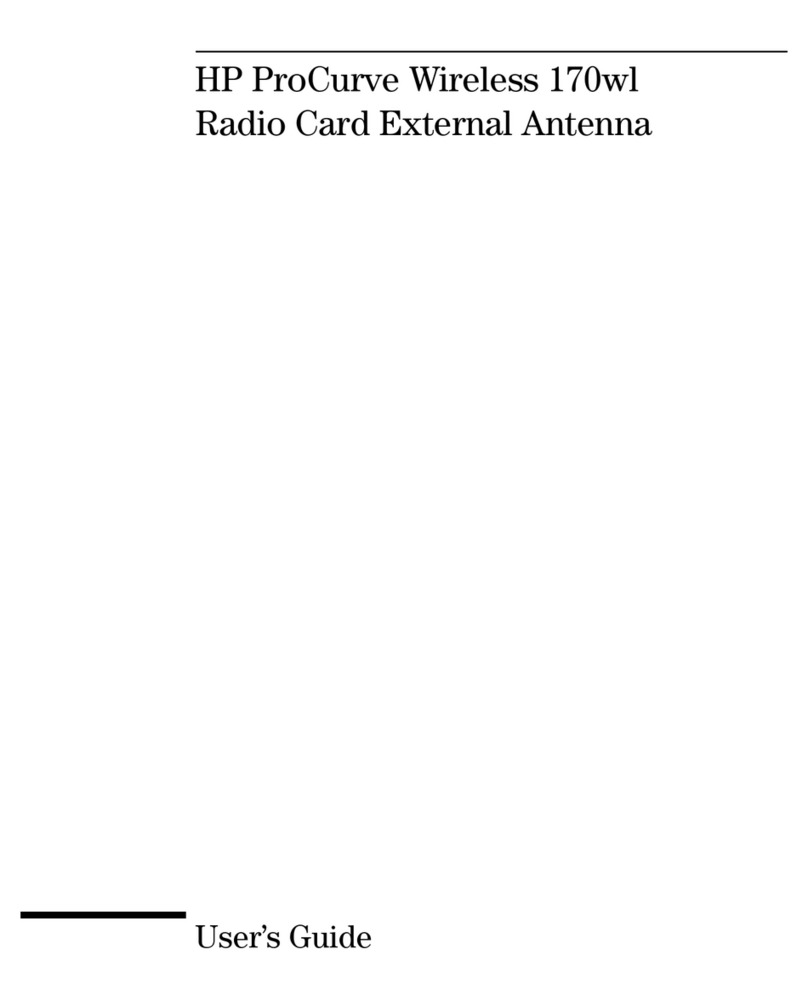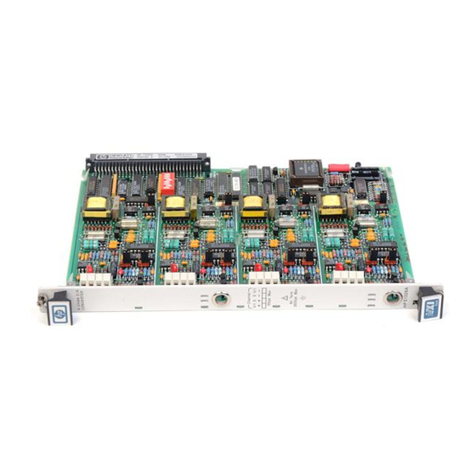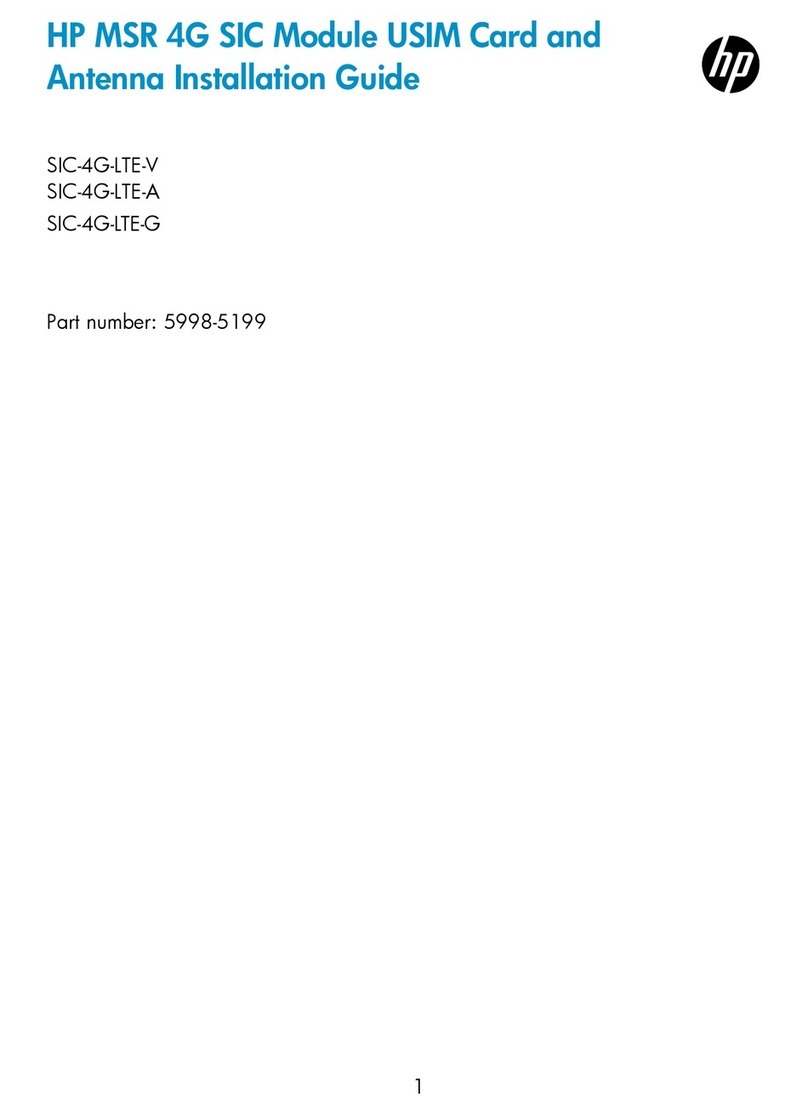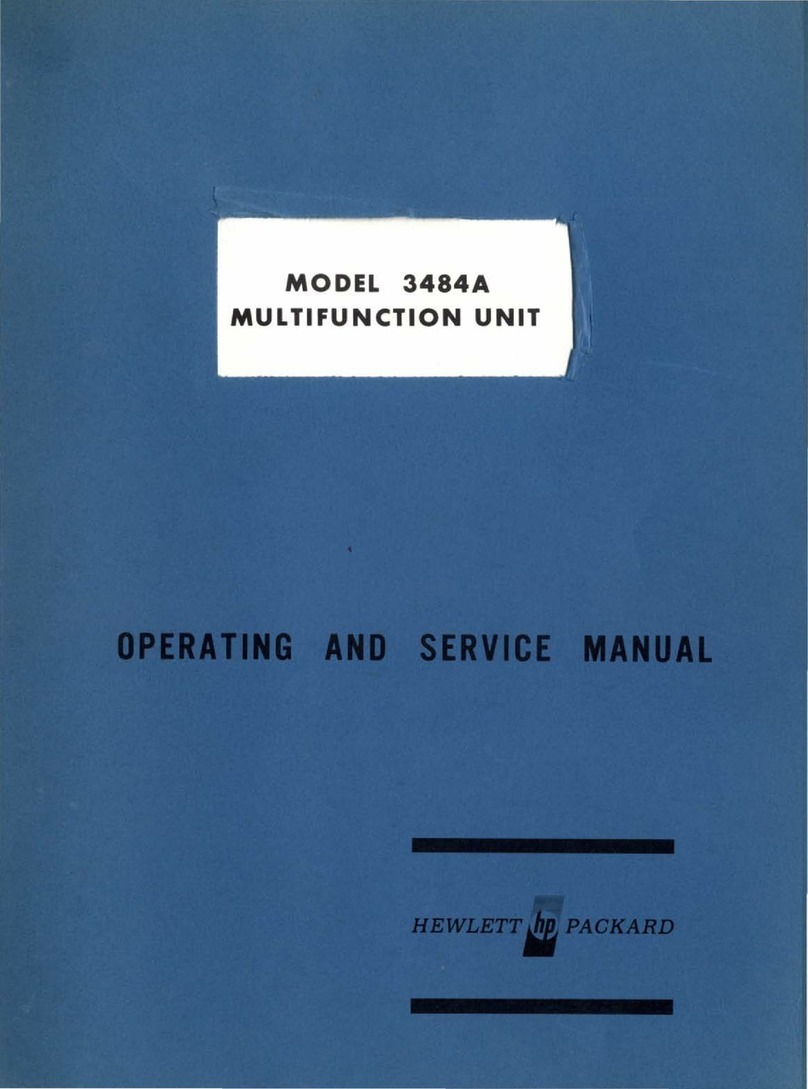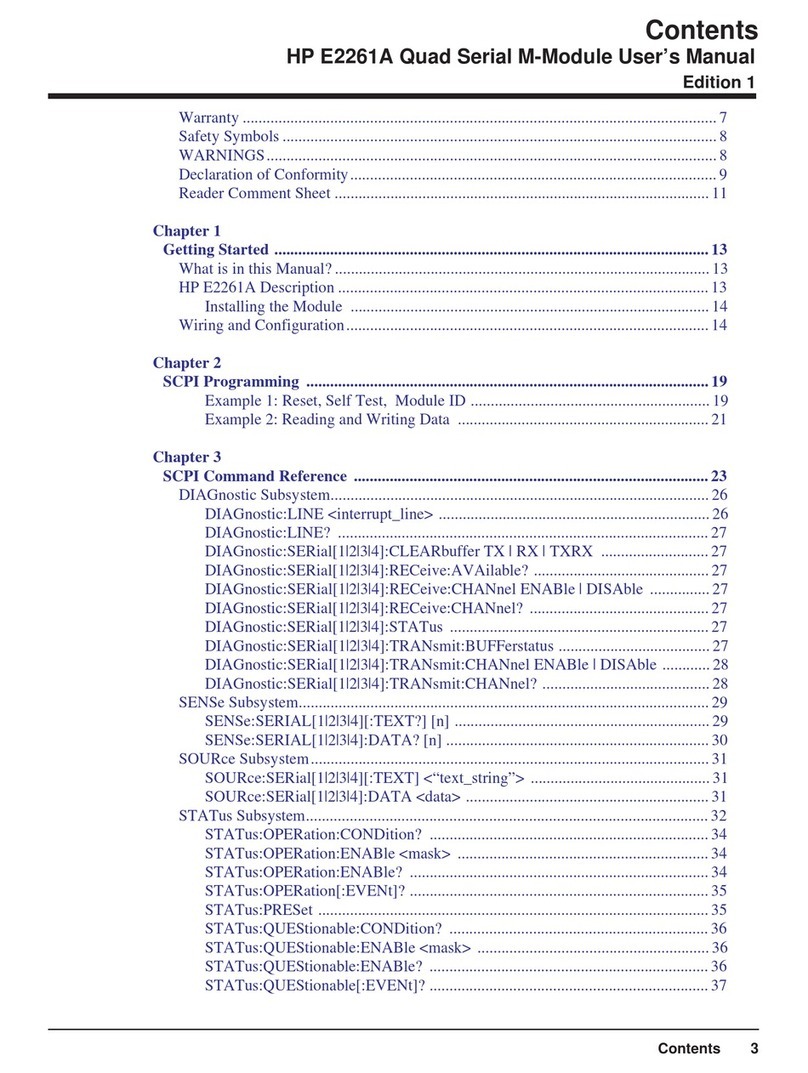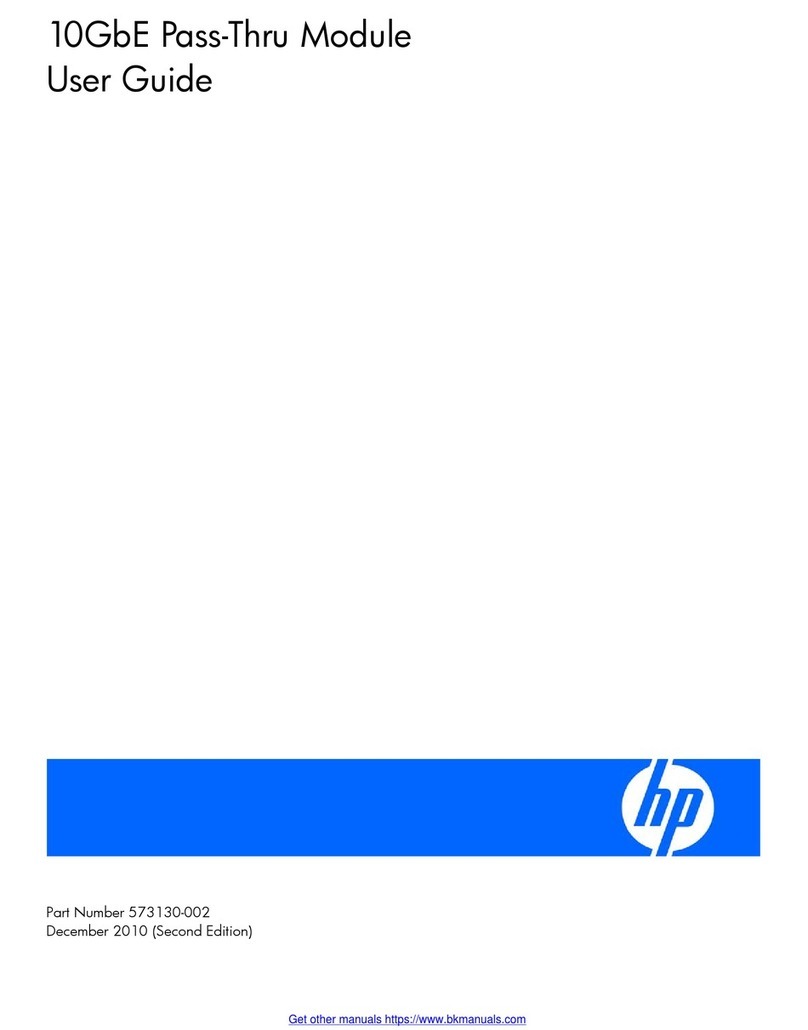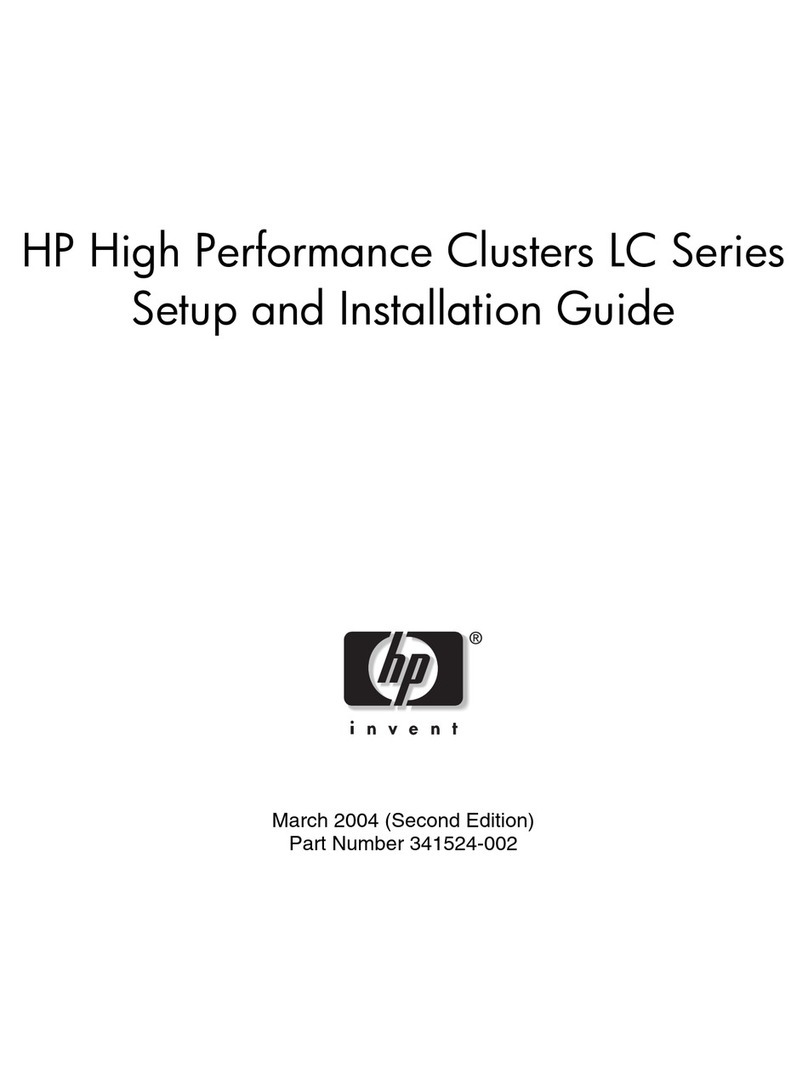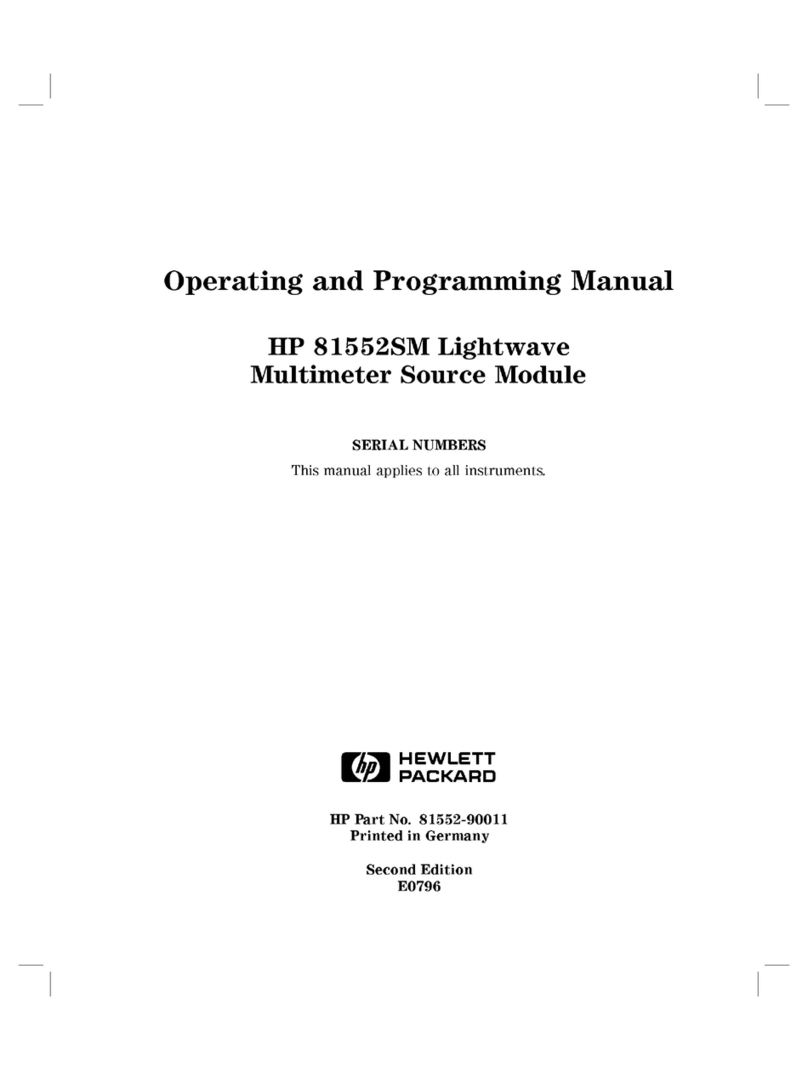13255
13255-91252/03
Rev JUN-23-81
Memory
Controller
Table
2.0
Reliability
and
Environmental
Information
===============================================================================-
1
1
Environmental:
( X )
HP
Class
B
()
Other:
1
1
I
Restrictions:
Type
tested
at
product
level
,
1
1==============================================================================
1
1
Failure
Rate:
4.774
(percent
per
1000
hours)
,
--------------------------------------------------------------------------------
--------------------------------------------------------------------------------
Table
3.0
Power
Supply
and
Clock
Requirements
-Measured
(+/-
5%
Unless
Otherwise
Specified)
--------------------------------------------------------------------------------
-------------------------------------- ----------------------------------------
+5
Volt
Supply
+12
Volt
Supply
-12
Volt
Supply
-42
Volt
Supply
@
0.5
A
mA
NOT
APPLICABLE
NOT
APPLICABLE
NOT
APPLICABLE
-------------------------------------- ---------------------------------------
-------------------------------------- ---------------------------------------
115
volts
AC
220
volts
AC
A A
NOT
APPLICABLE
NOT
APPLICABLE
------------------------------------------------------------------------------
------------------------------------------------------------------------------
Clock
Frequency:
4.915
MHz
================================================================================
Table
4.0
Jumper
Definition
================================================================================
PCA
Function
I
I
Designation
I I
1=============1================================================================1
1 I I
I 1 I
1
Wl
1
RAM/ROM
Based
Terminal
(see
section
3.8)
I
I I ,
I I I
================================================================================
